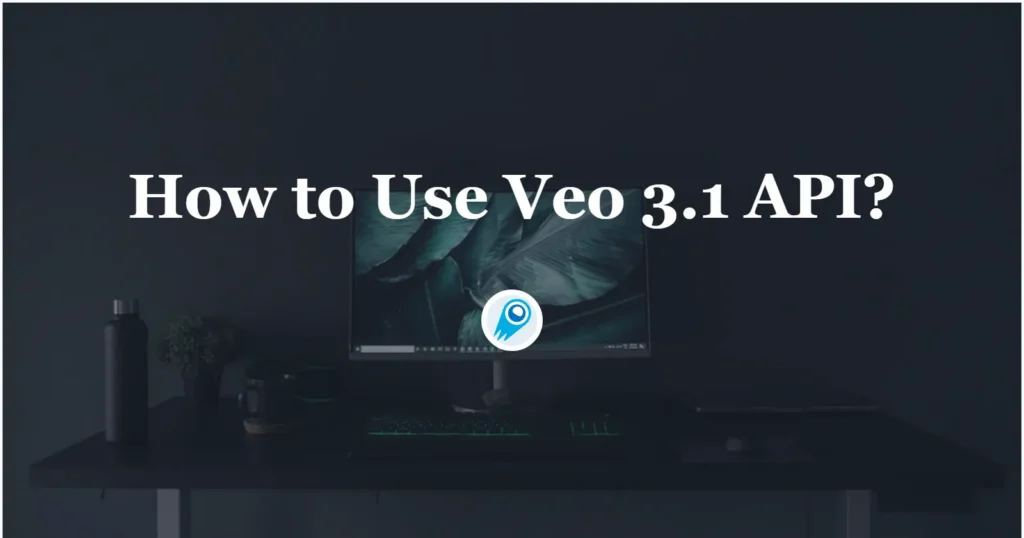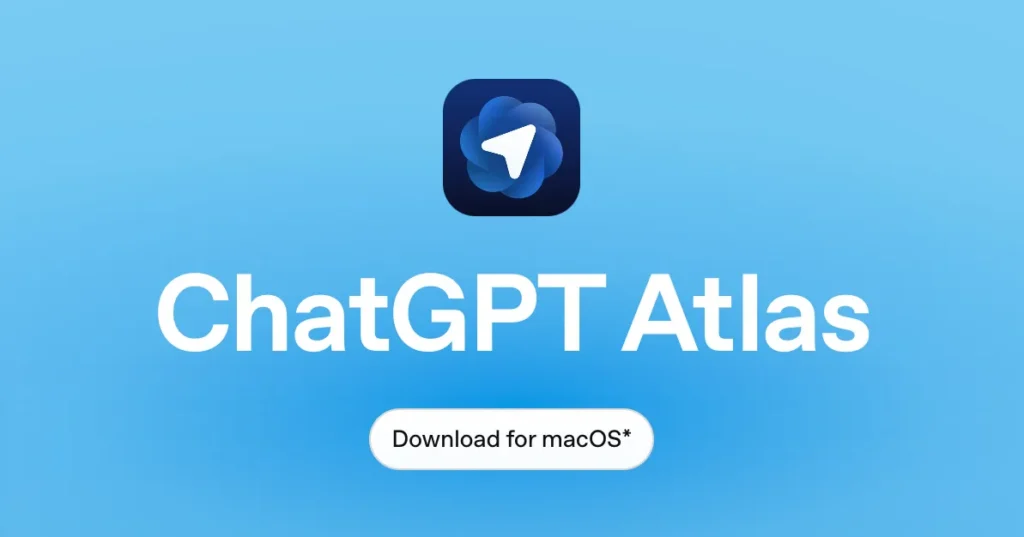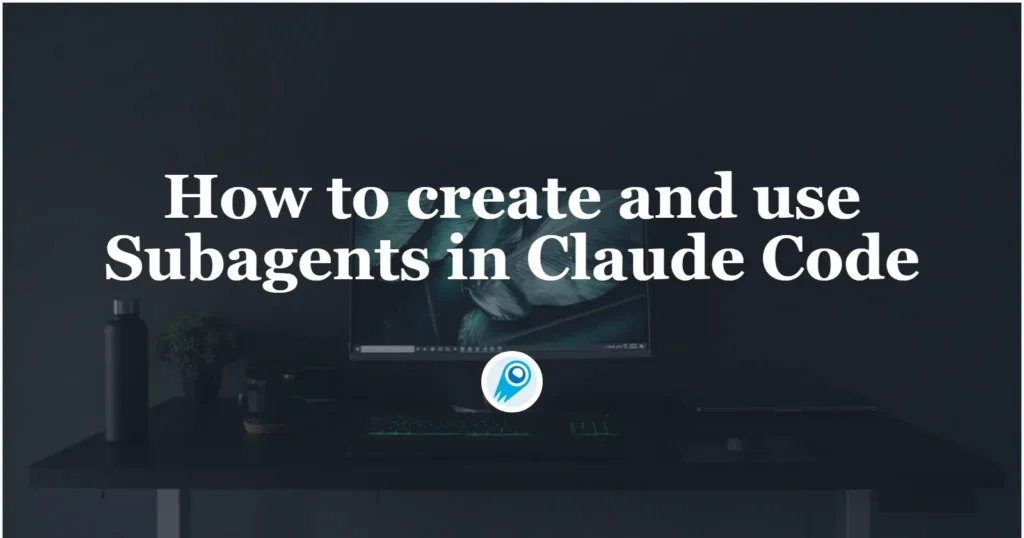ByteDance’s research arm Seed has launched Seed3D 1.0, a single-image → high-fidelity 3D foundation model that produces simulation-ready meshes, PBR materials, and aligned textures — assets designed to plug directly into physics engines and robotics simulators. The release aims to close a painful gap: scalable content generation (diverse visual content) versus physics fidelity required by […]
How to Use Veo 3.1 API
Veo 3.1 is the latest iteration of Google’s Veo family of video-generation models. It brings richer native audio, better narrative and cinematic control, multi-image guidance, and new editing primitives (first/last-frame transitions, “ingredients” / reference images, and scene extension workflows). For developers the quickest way to access Veo 3.1 is the API (for consumer-facing integrations) and […]
How many songs can i make on suno for free
With Suno’s current Basic (free) plan you receive 50 credits per day, which Suno states is “enough to make 10 songs per day” — credits reset daily and do not carry over. That means, practically, you can create about 10 songs every day on the free tier so long as you stay within the credit […]
What are SubAgents in Claude Code? What You Need to Know
Sub-agents (often written subagents or sub-agents) are one of the clearest practical advances in agentic developer tooling: they let you compose a small team of specialized AI assistants inside Claude Code, each with its own role, tools, and context window. The idea is simple but powerful — instead of asking one generalist model to do […]
ChatGPT Atlas vs Google’s Chrome: Who will come out on top?
The browser wars are back—but this time the battlefield looks different. On October 21, 2025, OpenAI launched ChatGPT Atlas, a Chromium-based web browser built around ChatGPT’s conversational interface and agent capabilities. The move is a direct challenge to incumbent browsers—especially Google Chrome, which still commands a large share of global usage—by tightly integrating generative AI […]
Agentic Coding with Claude Haiku 4.5: A Guide For Developer in 2025
Agentic coding — the practice of using autonomous AI agents to plan, write, test, and iterate on software — moved from research demos into practical developer workflows in 2024–2025. With the October 2025 arrival of Claude Haiku 4.5, Anthropic delivered a model explicitly optimized for agentic workloads: fast, cost-efficient, and tuned for sub-agent orchestration and […]
How to use ChatGPT Canvas: A Beginner’s Guide
Canvas is the part of ChatGPT that lets the AI step out of the little chat bubble and into a shared, editable workspace with you — perfect for drafts, code, iterative edits, and collaborative polishing. This article merges the latest product news and practical how-tos so you can open Canvas, edit like a pro, and […]
How to create and use Subagents in Claude Code— a practical guide
Subagents are one of the most useful additions to the Claude Code / Claude Agent ecosystem: they let you break complex workflows into smaller, specialist AI “teammates”, preserve main-thread context, and safely limit tool access. This article explains what subagents are, how to create and invoke them (CLI, filesystem, and SDK), the design principles you […]
How to build proxy encoding using Claude Haiku 4.5
Claude Haiku 4.5 landed as a deliberate play in the “fast, cheap, still very smart” lane: Anthropic positioned it to give Sonnet-level coding and agentic performance at substantially lower cost and with faster latency, making it an attractive choice for subagents and high-throughput tasks. This makes Claude Haiku 4.5 ideal when you want a model […]
Sora 2 vs Veo 3.1: Which is the best AI video generator?
Sora 2 (OpenAI) and Veo 3.1 (Google/DeepMind) are both cutting-edge text-to-video systems released in late 2025 that push realism, audio synchronization, and controllability. Sora 2 leans toward cinematic realism, physics-accurate motion and tight audio synchronization and is rolling out behind app/invite access; Veo 3.1 focuses on creative control, composability (image→video, “ingredients” workflows), and wider API […]










